- Custom User Experience: Replace the default chat mode with purpose-built interfaces
- Multi-Page Applications: Create interfaces with multiple pages, each serving different functions
- Flexible Page Types: Choose from chat, smart tables, knowledge base, actions, or custom pages
- Publishing & Sharing: Publish interfaces and set them as default for your project
- Professional Branding: Create branded interfaces for external users
Key Concepts
Interface
An interface is a collection of pages that together form a complete user experience. Each project can have multiple interfaces, but only one can be set as the default. Interface Properties:- Name: Display name for the interface
- Description: Optional description of the interface’s purpose
- Published: Whether the interface is published and available to users
- Default: Whether this is the default interface for the project
Page
A page is a single screen within an interface. Pages can be of different types, each with its own configuration options. Page Types:- Chat Page: Interactive chat interface with agents
- Smart Table Page: Data tables with filtering, editing, and views
- Knowledge Base Page: Document search and browsing
- Actions Page: Browse and execute tools & workflows
- Custom Page: Drag-and-drop page builder with custom elements
Page Configuration
Each page type has specific configuration options that control its behavior and appearance.Getting Started
Creating Your First Interface
-
Navigate to Interfaces
- Go to your project
- Click on Interfaces in the project navigation
-
Create New Interface
- Click + Create Interface
- A new interface will be created with a default chat page
- You’ll be redirected to the Interface Builder
-
Configure Your Interface
- Use the Interface Builder to add pages, configure settings, and customize the layout
- See the Interface Builder section for details
Setting Default Interface
-
From Interface List
- Go to the Interfaces page
- Find the interface you want to set as default
- Click Set as Default
-
From Interface Builder
- Open the interface you want to set as default
- Use the interface settings to mark it as default
Interface Builder
The Interface Builder is where you create and configure your interfaces. It provides:- Page Management: Add, edit, delete, and reorder pages
- Page Configuration: Configure each page’s settings and behavior
- Preview: Preview your interface before publishing
- Publishing: Publish your interface to make it available
Accessing the Builder
- From the Interfaces list, click Edit on any interface
- Or click Open to view the published interface
Interface Builder Layout
The builder has three main areas:- Sidebar: Page list and configuration panel
- Canvas: Preview of the current page
- Configuration Panel: Settings for the selected page
Page Types
Chat Page
A chat page provides an interactive chat interface where users can converse with AI agents. Configuration Options:-
Agent Selection:
- Default Agent: Set a default agent for the chat
- Single Agent Mode: Show only one agent (hide agent selector)
- Enabled Agents: Whitelist of agent IDs that should be available
- Display Type: Choose between ‘compact’ or ‘detailed’ chat list display
-
Chat Settings:
- Hide Footer: Hide the chat footer
- Metadata: Custom metadata to pass to chat sessions
- Customer support chatbot
- Interactive Q&A interface
- Agent-specific chat interface
Smart Table Page
A smart table page displays data tables with advanced filtering, sorting, and editing capabilities. View Types:-
Table View: Standard data table with rows and columns
- Hide Toolbar: Hide the table toolbar
- Read Only: Make the table read-only
-
Review View: Review interface for data validation
- Preset Filters: Pre-configured filters for the review view
- Hide Filters: Hide filter controls
- Default Edit Mode: Start in edit mode
-
Dashboard View: Analytics dashboard with charts and metrics
- Dashboard View ID: ID of the dashboard view to display
- Hide Period Selector: Hide the time period selector
- Default Period: Default time period for the dashboard
- Table Tabs: Each tab can show a different smart table
- View Tabs: Each tab can show a different view (table, review, dashboard) of the same table
- Tab Configuration: Configure each tab independently
- Select the smart table to display
- Choose the view type (table, review, or dashboard)
- Configure view-specific settings
- Add tabs if needed (for multi-table or multi-view pages)
- Data management interface
- Review and approval workflows
- Analytics dashboards
- Multi-table data views
Knowledge Base Page
A knowledge base page provides document search and browsing capabilities. Configuration Options:- Search Enabled: Enable/disable search functionality
- Categories Enabled: Show/hide document categories
- Document library interface
- Knowledge repository
- Help center
Actions Page
An actions page allows users to browse and execute tools and workflows. Display Modes:-
Multi-Action Mode: Display multiple actions in a grid or list
- Show Search: Enable search functionality
- View Mode: Choose between ‘grid’ or ‘list’ display
- Hide Toolbar: Hide the actions toolbar
- Enable Filtering: Enable action filtering
- Default Filter: Default filter to apply
- Allowed Actions: Whitelist of action flow_ids to display
-
Single-Action Mode: Display one action as a form
- Selected Action ID: The flow_id of the specific action to display
- Hide Form Header: Hide the action title/description
- Auto Execute: Auto-execute on page load if all required fields have defaults
- Choose display mode (multi or single)
- Configure mode-specific settings
- Select allowed actions (if using whitelist)
- Workflow execution interface
- Tool library
- Single-action forms
- Process automation interface
Custom Page
A custom page allows you to build a page from scratch using drag-and-drop elements. Available Elements: Data Elements:- Grid: Data grid display
- Chart: Chart visualization
- Number: Number display
- Filter: Filter controls
- Text: Text display
- Button: Interactive button
- Divider: Visual divider
- Record Picker: Record selection component
- Field: Form field
- Add Elements: Drag elements from the palette onto the canvas
- Position Elements: Click and drag to position elements
- Configure Elements: Select an element to configure its settings
- Save: Save your changes
- Custom dashboards
- Form interfaces
- Data visualization pages
- Branded landing pages
Managing Pages
Adding Pages
- In the Interface Builder, click + Add Page
- Choose a page template:
- Chat Page
- Smart Table
- Knowledge Base
- Actions
- Custom Page
- Configure the page settings
- The page will be added to your interface
Editing Pages
- Select a page from the sidebar
- Configure the page settings in the configuration panel
- Changes are saved automatically
Reordering Pages
- In the page list, click and drag pages to reorder
- The order determines the navigation order in the published interface
Deleting Pages
- Select the page you want to delete
- Click the delete button
- Confirm the deletion
Publishing Interfaces
Publishing an Interface
-
From Interface Builder:
- Open the interface you want to publish
- Click Publish in the interface settings
- The interface will be marked as published
-
From Interface List:
- Find the interface you want to publish
- Use the publish toggle or button
- Available to users when they access the project
- Visible in the interface list with a “Published” badge
- Accessible via the project’s app URL
Unpublishing an Interface
- Open the published interface
- Click Unpublish in the interface settings
- The interface will no longer be available to users
Best Practices
Interface Design
-
Start with a Plan: Plan your interface structure before building
- Identify the pages you need
- Determine the page types
- Plan the navigation flow
-
Use Descriptive Names: Use clear, descriptive names for interfaces and pages
- Helps users understand the purpose
- Makes management easier
-
Organize Pages Logically: Arrange pages in a logical order
- Most important pages first
- Related pages grouped together
Page Configuration
-
Configure Chat Pages Carefully:
- Set appropriate default agents
- Use single agent mode when only one agent is needed
- Whitelist agents for better control
-
Optimize Smart Table Pages:
- Choose the right view type for your use case
- Use tabs for multi-table views
- Configure filters and settings appropriately
-
Test Actions Pages:
- Test actions in both multi and single modes
- Verify action whitelists work correctly
- Test auto-execute functionality
Performance
-
Limit Page Count: Keep the number of pages reasonable
- Too many pages can slow down the interface
- Consider using tabs within pages instead
-
Optimize Custom Pages:
- Don’t overload custom pages with too many elements
- Use efficient element configurations
-
Test Before Publishing: Always preview and test before publishing
- Check all page configurations
- Test navigation flow
- Verify all functionality works
Use Cases
Customer Support Interface
Structure:- Page 1: Chat - Main support chat with support agent
- Page 2: Knowledge Base - Help articles and documentation
- Page 3: Actions - Submit ticket or request action
- Chat page: Single agent mode with support agent
- Knowledge base: Search and categories enabled
- Actions: Multi-action mode with support workflows
Data Management Interface
Structure:- Page 1: Dashboard - Smart table dashboard view
- Page 2: Data Entry - Smart table with review view
- Page 3: Reports - Smart table with multiple tabs
- Dashboard: Default period set, period selector visible
- Data Entry: Preset filters, edit mode enabled
- Reports: Multiple tabs with different table views
Workflow Automation Interface
Structure:- Page 1: Actions - Browse and execute workflows
- Page 2: Status - Smart table showing workflow status
- Page 3: Custom Dashboard - Custom page with charts and metrics
- Actions: Grid view, search enabled, filtered by category
- Status: Table view, read-only, auto-refresh
- Dashboard: Custom elements showing key metrics
Troubleshooting
Interface Not Appearing
Issue: Interface doesn’t show up in the list or isn’t accessible. Solutions:- Check if the interface is published
- Verify you’re looking at the correct project
- Ensure you have proper permissions
Page Not Loading
Issue: A page doesn’t load or shows an error. Solutions:- Check the page configuration
- Verify all required resources (tables, agents, actions) exist
- Check for configuration errors in the page settings
Default Interface Not Working
Issue: The default interface isn’t being used. Solutions:- Verify the interface is set as default
- Check if another interface is also set as default
- Refresh the page or clear cache
Smart Table Page Issues
Issue: Smart table page doesn’t display data or has errors. Solutions:- Verify the table exists and is accessible
- Check the view type configuration
- Ensure table permissions are correct
- Verify tab configurations if using tabs
Actions Page Issues
Issue: Actions don’t appear or can’t be executed. Solutions:- Check the action whitelist configuration
- Verify actions exist and are published
- Check action permissions
- Verify display mode settings
API Integration
Interfaces can be accessed programmatically via the Odin AI API. See the API Reference for details on:- Creating and managing interfaces
- Configuring pages
- Publishing interfaces
- Accessing interface data
Next Steps
- Learn about Agents to configure chat pages
- Explore Smart Tables for data management
- Check out Workflows for actions pages
- Review Knowledge Base for document management

